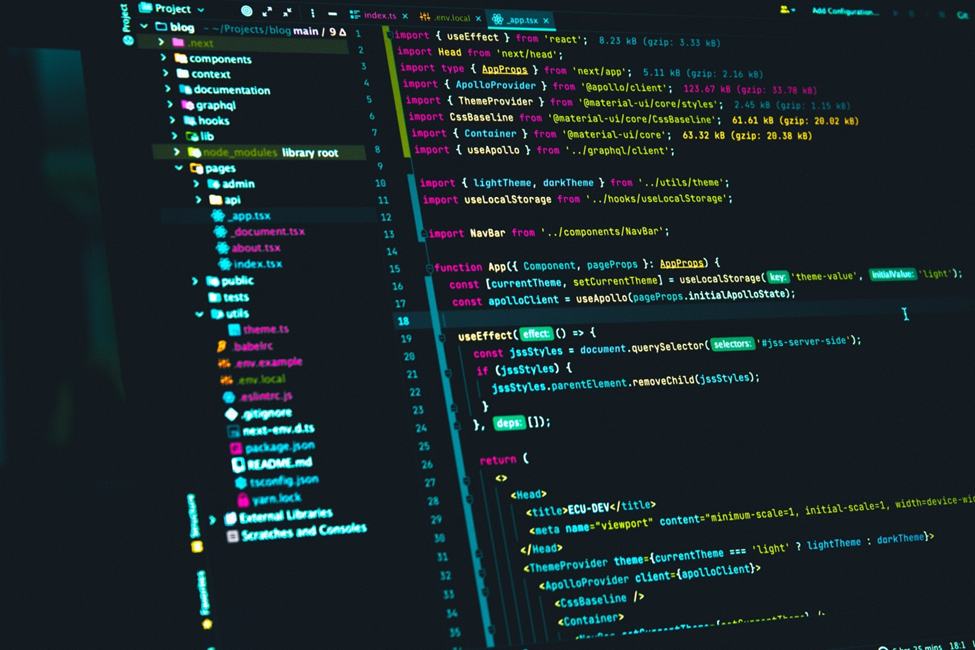RunC Container Escape Flaws Grant Attackers Host Access

A series of severe security vulnerabilities have been discovered in the popular runC command line tool. These vulnerabilities, collectively known as Leaky Vessels, allow threat actors to break out of containers and gain unauthorized access to the host operating system.
We'll examine the implications of these flaws, raise critical questions, and discuss the impact on Linux admins, infosec professionals, internet security enthusiasts, and sysadmins.
What Are These Vulnerabilities & How Do They Impact runC Users?
The runC command line tool is widely used for running containers on Linux. runC was initially developed as part of Docker and later became an independent open-source library. The vulnerabilities recently found in runC, tracked as CVE-2024-21626, CVE-2024-23651, CVE-2024-23652, and CVE-2024-23653, have been labeled Leaky Vessels by cybersecurity researchers.
 The most severe vulnerability is CVE-2024-21626, which revolves around the "WORKDIR" command. According to researchers, this flaw can be exploited by running a malicious image or building a container image using a malicious Dockerfile. It is concerning that these container escapes can provide attackers with unauthorized access to the underlying host operating system, potentially compromising sensitive data and granting superuser privileges.
The most severe vulnerability is CVE-2024-21626, which revolves around the "WORKDIR" command. According to researchers, this flaw can be exploited by running a malicious image or building a container image using a malicious Dockerfile. It is concerning that these container escapes can provide attackers with unauthorized access to the underlying host operating system, potentially compromising sensitive data and granting superuser privileges.
The above vulnerabilities have been addressed in runC version 1.1.12, which was released recently. However, it is crucial for Linux admins, infosec professionals, and sysadmins to ensure that their container runtime environments, including Docker, Kubernetes vendors, and cloud container services, are updated to mitigate these risks.
The implications of these runC vulnerabilities are significant and require the attention of security practitioners globally. Firstly, the widespread use of runC makes this a pervasive threat, potentially affecting countless containerized applications running on Linux. Considering the rise of containerization as a preferred deployment method, the impact on both businesses and personal users can be substantial.
Furthermore, there is currently no evidence of these flaws being exploited in the wild. However, this raises the question of how many attackers are already aware of these vulnerabilities and have the ability to exploit them covertly. The delay between vulnerability disclosure and patch implementation could allow attackers to gain unauthorized access and exfiltrate critical data.
This highlights the urgency for Linux admins and infosec professionals to update their container runtime environments regularly. However, the responsibility does not solely lie with them. Vendors providing container runtime environments, such as Docker and Kubernetes, as well as cloud container services, need to prioritize prompt updates and communicate the severity of these vulnerabilities to their users effectively.
The long-term consequences of these runC vulnerabilities extend beyond immediate remediation. This serves as a reminder that security should be an ongoing process rather than a one-time action. It emphasizes the need for continuous monitoring, vulnerability scanning, and timely patch management, particularly in the context of open-source and Linux security.
Our Final Thoughts on These "Leaky Vessels" Bugs
The critical vulnerabilities in the runC command line tool present considerable risks to containerized applications and the security posture of organizations relying on Linux environments. The significance of the flaws and the need for urgent action must be emphasized. Security practitioners, Linux admins, and infosec professionals must prioritize installing updates across container runtime environments to mitigate the potential impact of these vulnerabilities. As the field of containerization continues to evolve, the integration of robust security measures becomes increasingly crucial.
Be sure to subscribe to our weekly newsletters for updates on flaws like these impacting the security of your Linux systems.
Stay safe out there, Linux users!




![Linux Kernel 'Make-Me-Root' Flaw Threatens Popular Distros [Updated] 32.Lock Code Circular Esm W300](/images/articles/900x500/32.Lock_Code_Circular.jpg#joomlaImage://local-images/articles/900x500/32.Lock_Code_Circular-esm-w300.jpg?width=900&height=500)

![New Thunderbird, Firefox Vulns Threaten Sensitive Data, System Availability [Updated] 9.EmailServers Atsign Esm W300](/images/articles/900x500/9.EmailServers_atsign.jpg#joomlaImage://local-images/articles/900x500/9.EmailServers_atsign-esm-w300.jpg?width=900&height=500)
















